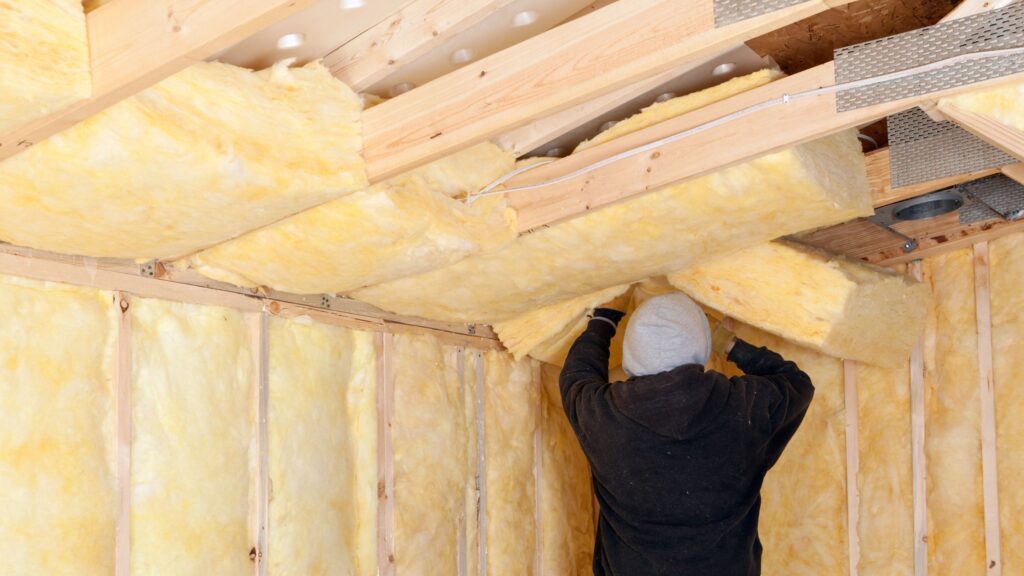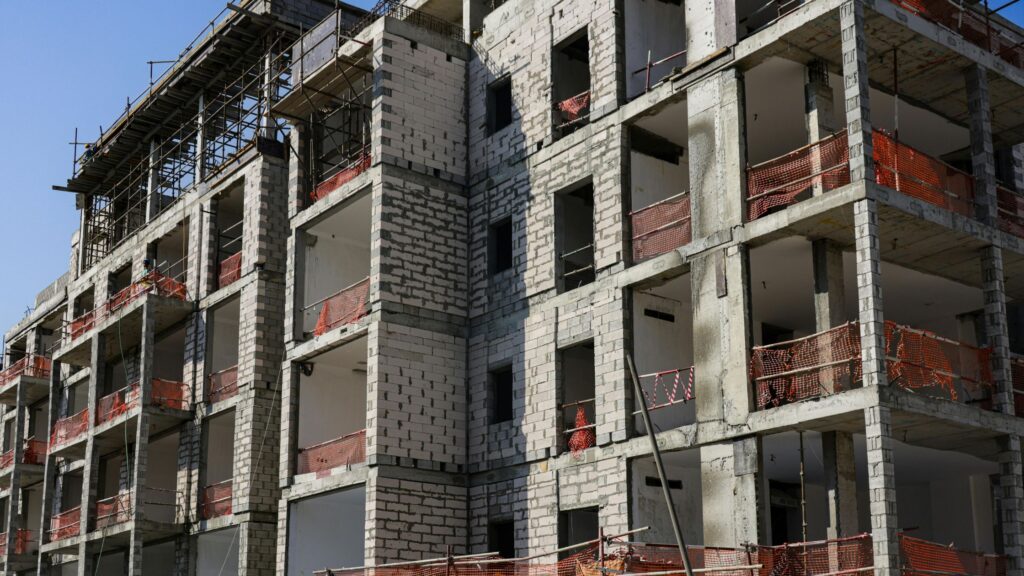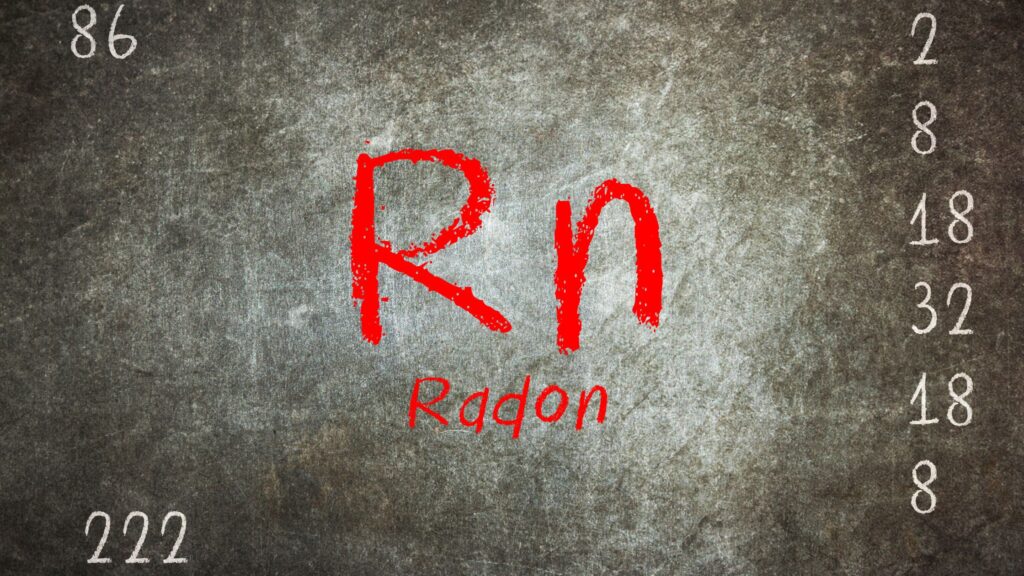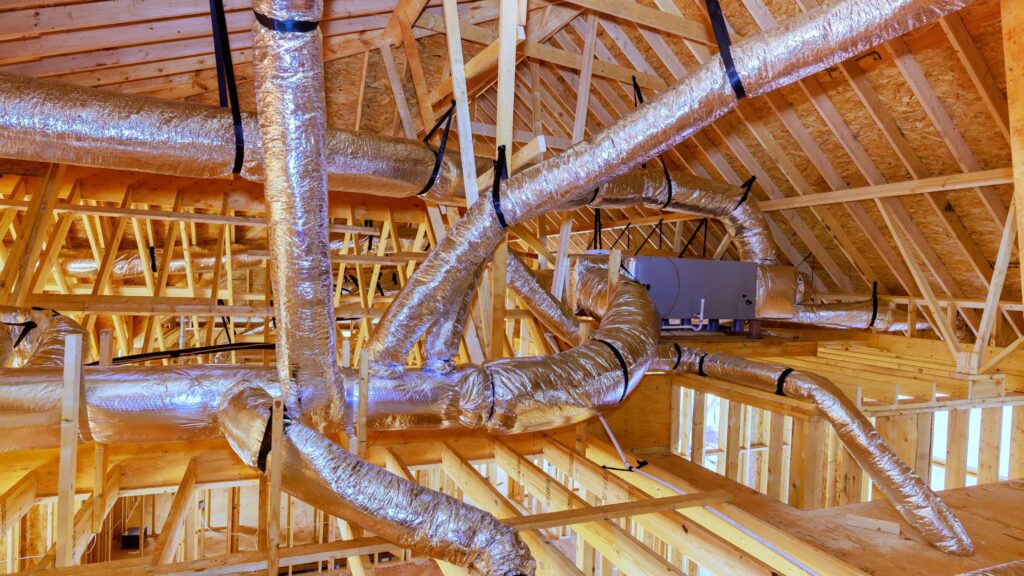Radon is a natural, invisible, odorless radioactive gas that comes from the breakdown of uranium in soil, rocks, and groundwater. It can enter homes through cracks in the floors, walls, or foundation. Long-term exposure to high radon levels can be very dangerous, especially because it increases the risk of lung cancer. In fact, the U.S. Environmental Protection Agency (EPA) ranks radon as the second leading cause of lung cancer in the country.
If a radon test shows levels above 4 picocuries per liter (pCi/L), it’s important to take action. Learning how radon mitigation works can help homeowners understand the process and take steps to protect their families.

What Is Radon Mitigation?
Radon mitigation includes techniques and systems that reduce radon levels inside your home. The main goal is to stop radon from building up in living areas. Effective mitigation not only lowers radon levels but also improves overall indoor air quality, making your home healthier.
There are several ways to mitigate radon, and the best method depends on your home’s foundation, layout, and radon levels. Understanding the available options helps you choose the most effective solution for your house. Learn more about Radon Mitigation Technology.
Common Radon Mitigation Techniques
1. Active Soil Depressurization (ASD)
Active Soil Depressurization is the most common and reliable way to reduce radon. It works by creating a low-pressure zone under the home’s foundation, which pulls radon gas from the soil and vents it safely outside. A vent pipe with a continuously running fan ensures the gas is expelled before it can enter your living space. This method consistently lowers indoor radon levels.
2. Sub-Membrane Depressurization (SMD)
Sub-Membrane Depressurization is often used in homes with crawl spaces. A durable plastic sheet covers the crawl space floor, and a vent pipe with a fan draws radon from beneath the sheet and releases it outdoors. This system effectively keeps radon from entering the home through the crawl space.
3. Block Wall Depressurization
In homes with hollow block walls, radon can seep through the cavities. Block wall depressurization involves drilling small holes in the walls and connecting vent pipes with a fan to safely vent the radon outside. This approach works well in buildings where block walls are a primary entry route for radon.
4. Drain Tile Depressurization
Homes with drain tile systems around their foundations can use these pipes for radon mitigation. A vent pipe attached to the drain tile, along with a fan, pulls radon from the soil and vents it outdoors. This method is efficient and leverages existing home infrastructure.

How Does Radon Mitigation Work?
Radon mitigation systems work on a straightforward principle: they lower the pressure beneath a home’s foundation to stop radon from entering indoor air. By giving the gas an easy path to escape, these systems redirect radon away from living areas and safely vent it outside. Fans run continuously to keep radon levels low, ensuring your home stays safe.
In short, radon mitigation stops the gas before it can build up, keeping indoor levels well below the EPA’s recommended safety limits.
Choosing the Right Radon Mitigation System
Choosing the right radon mitigation system depends on a few important factors:
- Foundation Type: The type of foundation your home has—whether slab-on-grade, basement, or crawl space—plays a key role in determining which radon mitigation system will be most effective.
- Radon Levels: The amount of radon in your home, measured in picocuries per liter (pCi/L), helps decide the strength and design of the system needed to reduce levels safely.
- Home Layout: The size, shape, and layout of your living space can influence how the system is installed and how efficiently it works throughout the home.
- Soil Conditions: The type of soil and its permeability under and around your home affect how radon moves, which can impact the system’s performance and effectiveness.
A certified radon mitigation professional can evaluate all these factors and recommend the solution that’s best suited for your home.
Benefits of Radon Mitigation
Installing a radon mitigation system offers several key benefits:
I. Health Protection: A radon mitigation system greatly lowers the risk of lung cancer caused by prolonged radon exposure. Keeping radon levels low helps safeguard the long-term health of everyone in your home.
II. Better Indoor Air Quality: The system actively removes radon and other gases that can seep from the soil, improving the overall quality of the air you breathe indoors. This creates a cleaner and healthier living environment.
III. Increased Property Value: Homes equipped with an effective radon mitigation system can be more attractive to buyers. It demonstrates that the home has been cared for and that safety measures are in place.
IV. Peace of Mind: Knowing that your home is protected from dangerous radon exposure provides reassurance for you and your family, allowing you to feel confident about your living space.
Overall, a radon mitigation system not only improves safety but also enhances comfort, giving long-term benefits for your household.
Effectiveness of Radon Mitigation
Radon mitigation systems work very effectively when they are properly installed and maintained. Research shows that a correctly designed system can reduce indoor radon levels by up to 99%. By regularly monitoring the system, homeowners can make sure it continues to operate efficiently and keep their living spaces safe.
Even in homes with complex designs or high radon levels, these mitigation systems offer dependable protection, ensuring peace of mind for families.

Conclusion
Understanding how radon mitigation works is important for anyone living in areas with higher radon levels. By using the right methods, homeowners can greatly reduce their exposure, safeguard their health, and keep their indoor environment safe.For professional radon mitigation, you can turn to Des Moines Radon. Their skilled team specializes in both air and waterborne radon mitigation and provides customized solutions for homes in Des Moines, Ankeny, Johnston, and nearby communities. DSM Radon delivers effective, reliable, and safe radon mitigation, giving homeowners peace of mind and long-term protection.





